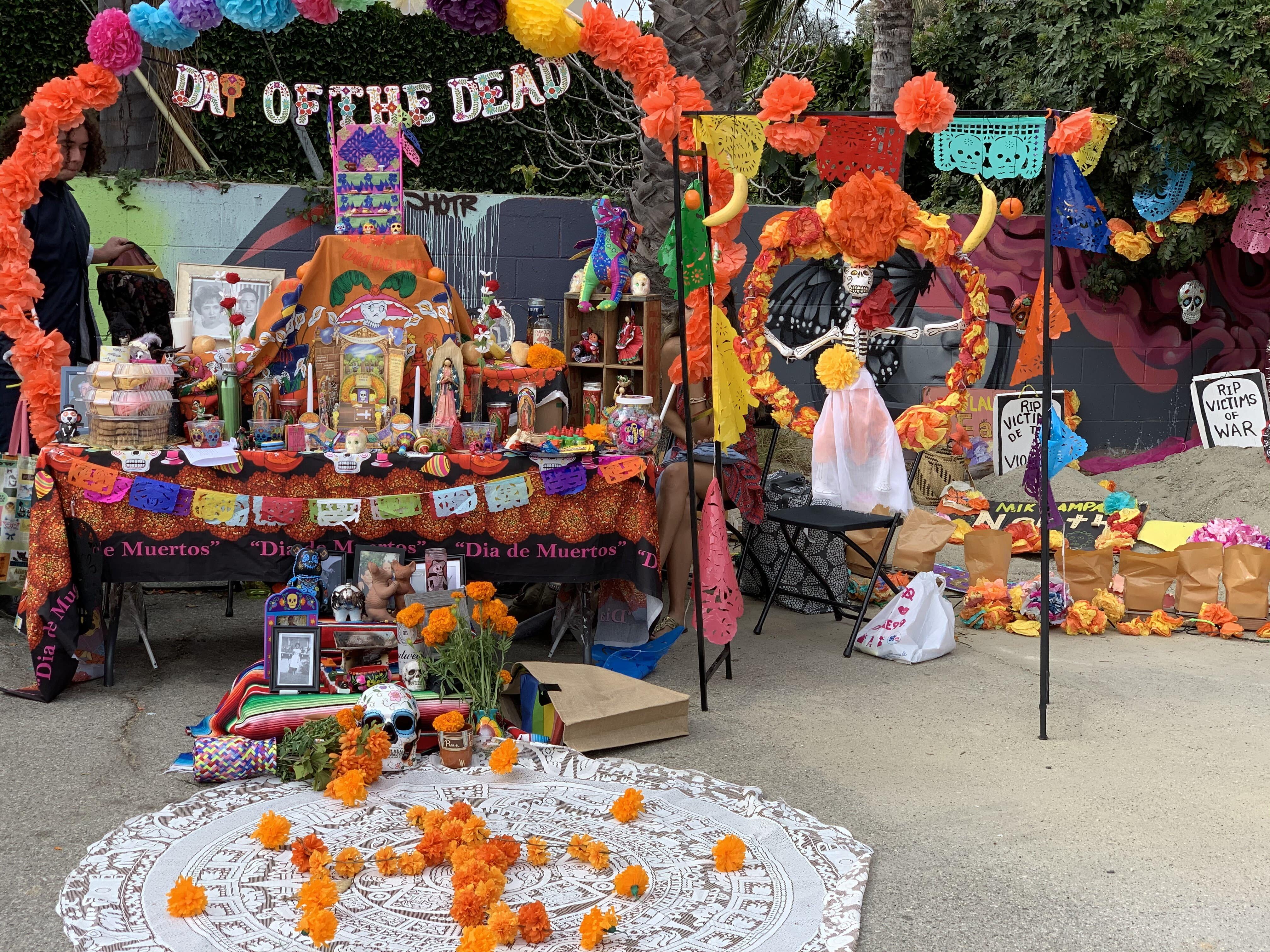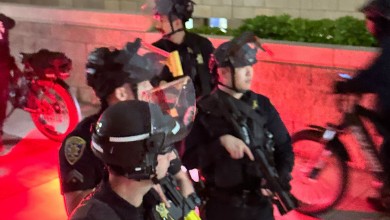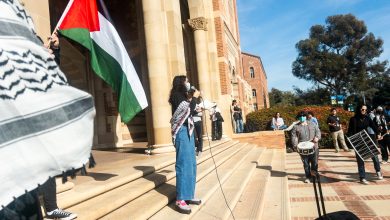A Celebration for Dia de los Muertos

Day of the Dead, or Dia de los Muertos, is a cultural practice that is celebrated by many Latin American countries as a means of remembering lost loved ones and connecting with them through celebration. Dia de los Muertos is typically celebrated on the evenings of Oct. 31 through Nov. 2. On these days, living family members prepare altars for their dearly departed by placing their images on a table and adorning the altars with ornaments and offerings. Offerings placed for the dead typically represent something that the soul would have liked during their life (often food or drinks) and is set up on the table for the soul to come and take it back to the Realm of the Dead, or Mictlan, the underworld of Aztec mythology.
Day of the Dead is a practice that dates back to pre-Hispanic times, when native groups would honor and celebrate lost lives by hosting rituals calling on their spirits. Although the spiritual practice of Day of the Dead has evolved throughout the years, it continues to be a widely celebrated event. Days that celebrate the dead are organized by dedicating each soul their own day for recognition. Nov. 1 is dedicated to the souls of children that have passed away and are believed to be reunited with their families for 24 hours. Nov. 2 is considered All Saints Day, when souls who have passed are able to reunite with their family and loved ones.
On Oct. 28, Martha Ramirez-Oropesa, a muralist who teaches a class on the history of Day of the Dead at UCLA every fall, and her Day of the Dead Ritual class, put together an event at the Social and Public Art Center in Venice celebrating the cultural background behind Dia de los Muertos. At the event, visitors were able to walk around and visit different altars that represented different regions in Mexico and Central America. The altars were meant to be decorated in a way that was traditional to the region that they represented. An altar based on Guatemala, for example, featured kites around its surrounding. This was meant to represent the tradition of flying kites on All Saints Day, which allowed the living to have a spiritual connection to their ancestors and deceased loved ones.
The altars also included different moments in history when the Day of the Dead is celebrated, highlighting practices before hispanic and Spanish/Catholic influences on Latin America. Many altars had Aztec sculptures and figures to represent the indigenous background of the ritual performed, as well as images of the Virgin Mary and other religious figures that represented the Catholic faith. Individuals who built the altars placed pictures of their loved ones and presented offerings specific to them.
The Day of the Dead Ritual class is offered by the Department of Chicana and Chicano Studies, which also helped host the event. The Chicana and Chicano Studies department was established following a 13 day hunger strike in early May 1993 put up by the Conscious Students of Color and faculty. Since its founding in 1994, the department has established a B.A., a minor, and graduate program, making UCLA the second UC campus to offer a Chicana and Chicano Studies doctoral program. The department prides itself in its mission to “advance knowledge in the field, provide academic leadership, and serve community needs with academic resources.”
During the afternoon portion of the event, visitors were able to participate in a ritual. The specific ritual was an invocation in which visitors were able to invite the souls of the departed who were being celebrated. To begin, there were two groups of danzantes who performed opening acts welcoming the living into the space. The danza was followed by an invocation of the spirits that called onto the four directions to bless the space and guide the souls who were traveling to the event. Students and visitors were invited to join in the calling of the spirits, a ritual that was translated in Nahuatl, Spanish, and English. After the invocation, a live band played traditional music until the end of the night. The event that night was meant to represent the ritual practiced by native tribes in South Mexico.
The event was a way to engage the larger community to participate in the traditional Day of the Dead ritual. Everyone attending was given the opportunity to experience the ceremony through traditional indigenous and Catholic practices while also being presented the history behind it. This ritual also gave the students participating in it an opportunity to remember and celebrate their loved one. Events similar to Day of the Dead festival hosted by the Department of Chicana and Chicano Studies are important in keeping the practice alive and celebrating the dead.




